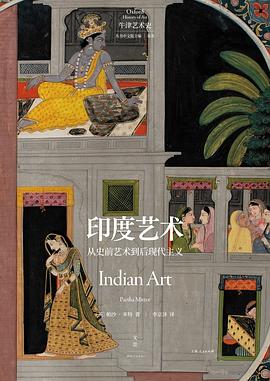
《印度艺术》梳理了南亚次大陆从公元前300年至21世纪艺术发展的历史,追溯了佛教、印度教、耆那教、伊斯兰教、基督教赞助人和工匠如何创造出符合不同的宗教和意图的丰富的艺术形式;石窟、神庙、雕塑、绘画等又如何为不同时期的政权服务。通过探究艺术生产与赞助、个人创造力与统治意识形态间的互动,平衡印度教、佛教的影响和一直以来被低估的印度伊斯兰艺术、殖民时期和现代艺术的成就,书中的每个时期都呈现出其独特风情。
全书收录150张插图,全面展示印度艺术的各种形态。若干建筑解剖图带读者走进神秘而鲜活的印度教神庙内部,了解南北印度不同的建筑风格,解析莫卧儿皇帝在新首都中蕴藏的野心,以及殖民时期建筑对印度城市风貌的塑造。17世纪是绘画的世纪,在莫卧儿皇帝和北方邦国的宫廷中,艺术家们吸收多样的本土和外来技法,创作了大量肖像、风景、静物和叙事作品,华丽的色彩和纤细的笔触体现了极致的观察和无与伦比的技巧。欧洲艺术的透视法通过艺术学院和机械复制技术迅速为殖民时期的印度艺术家所吸收。泰戈尔等实践着立体主义、原始主义等先锋潮流,同时结合民族主义风潮创造出了独特的风格,艺术也成立抵御殖民主义的武器。独立后,印度、巴基斯坦和孟加拉国现代艺术在全球化的同时都得到长足发展,尤其是20世纪80年代以来的女性创作。除了对自身经历的自传式记录,她们也把社会批判作为描绘的对象。
活色生香的印度艺术与崇尚“高贵的单纯和静穆的伟大”的欧洲艺术迥异,也遭遇了几个世纪的误读。本书企图破除这种学术传统,在印度艺术的语境中,展现最单纯、最多元的美。
作者简介
帕沙·米特(Partha Mitter),艺术史学家,主要从事印度艺术以及印度艺术在西方的接受史、印度现代主义和身份认同的研究。毕业于伦敦大学,博士师从E.H.贡布里希,曾先后在剑桥大学、牛津大学和苏克塞斯大学任教。
已出版著作有《被误读的怪兽:欧洲对印度艺术的接受史》(UP of Chicago,1977,1992,2013)、《殖民时期印度的艺术与民族主义:1850—1922》(Cambridge UP,1994)、《印度艺术》(Oxford UP,2001)、《现代主义的胜利:印度的艺术家和先锋派,1922—1947》(Reaktion Books,2007)等。
译者简介
李京泽,男,1987年生,中国政法大学人文学院艺术教研室副教授、硕士生导师,中央美术学院艺术学博士,北京市高等教育学会美育研究分会理事。2016年入选“中国美协中青年美术家海外研修工程”。著有《选择与失落——巴克特里亚-印度河流域希腊化艺术中的文化意识与文化互动》。
The Art of India traces the history of the development of art on the subcontinent from 300 BC to the 21st century, tracing how Buddhist, Hindu, Jain, Islamic, Christian patrons and artisans created rich art forms that fit different religions and intentions. How did grottoes, temples, sculptures, paintings, etc. serve the regime in different periods? By exploring the interactions between art production and patronage, individual creativity and ruling ideologies, balancing Hindu and Buddhist influences with the historically underappreciated achievements of Indian Islamic art, colonial and modern art, each period presents its own unique flavor.
Featuring 150 illustrations, the book presents a comprehensive view of the various forms of Indian art. Several architectural anatomy maps take readers inside the mysterious and living Hindu temples to understand the different architectural styles of North and South India, the ambitions of Mughal emperors in their new capitals, and the shape of Indian cities shaped by colonial architecture. The 17th century was the century of painting, and in the courts of the Mughal emperors and the Northern States, artists drew on a variety of native and foreign techniques to create a wealth of portraits, landscapes, still life and narrative works, with gorgeous colors and delicate brushstrokes reflecting extreme observation and unparalleled skill. The perspective of European art was quickly absorbed by colonial Indian artists through art academies and mechanical reproduction techniques. Tagore and others practiced cubism, primordialism and other avantgarde trends, while combining nationalism to create a unique style, art also established a weapon against colonialism. After independence, modern art in India, Pakistan, and Bangladesh developed rapidly along with globalization, especially by women since the 1980s. In addition to autobiographical records of their own experiences, they also depict social criticism as objects.
The vibrant Indian art is different from the European art that advocates "noble simplicity and quiet greatness," and has also suffered from centuries of misinterpretation. This book is an attempt to break with this academic tradition and present the simplest and most diverse beauty in the context of Indian art.
About the author
Partha Mitter is an art historian whose research focuses on Indian art and its reception in the West, Indian modernism, and identity. He received his PhD from E.H. Gombrich at the University of London and taught at Cambridge, Oxford and Sussex Universities.
His published books include Misread Monsters: A History of the Reception of Indian Art in Europe (UP of Chicago,1977,1992,2013) and Art and Nationalism in Colonial India: 1850-1922 (Cambridge UP,1994), Indian Art (Oxford UP,2001), The Triumph of Modernism: Artists and the Avant-Garde in India, 1922-1947 (Reaktion Books,2007), etc.
Translator's introduction
Li Jingze, male, born in 1987, Associate professor and master tutor of Art Teaching and Research Department of School of Humanities and Humanities, China University of Political Science and Law, Doctor of Art of Central Academy of Fine Arts, director of Aesthetic Education Research Branch of Beijing Higher Education Society. In 2016, he was selected into the "China Artists Association Young and Middle-aged Artists Overseas Training Project". He is the author of Choice and Loss: Cultural Awareness and Cultural Interaction in Bactria-Indus Hellenistic Art.
 热门标签
热门标签
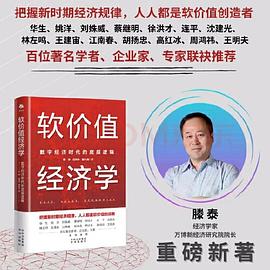
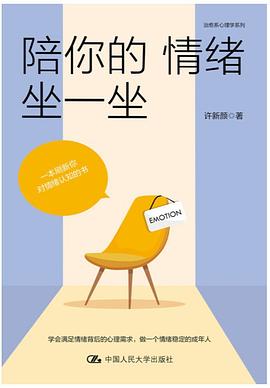
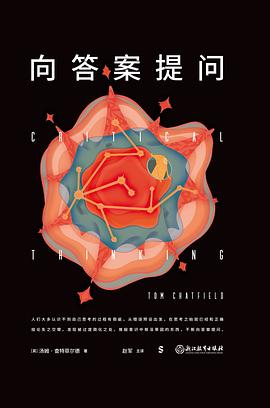
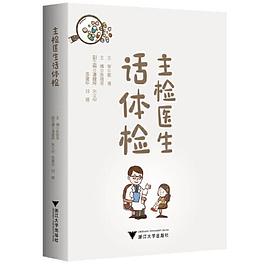
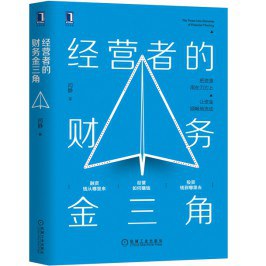
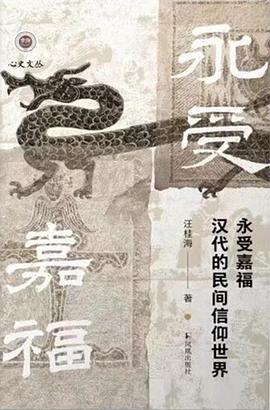
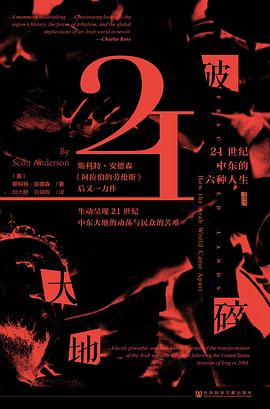
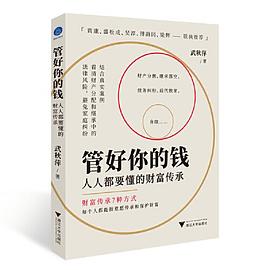
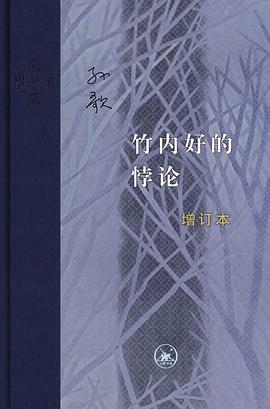
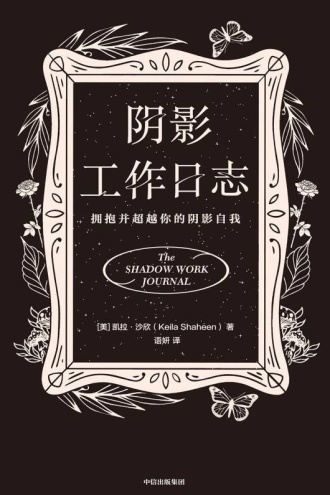
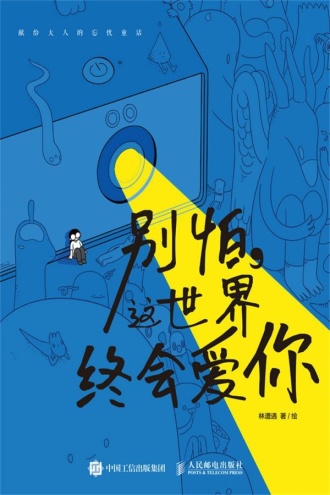
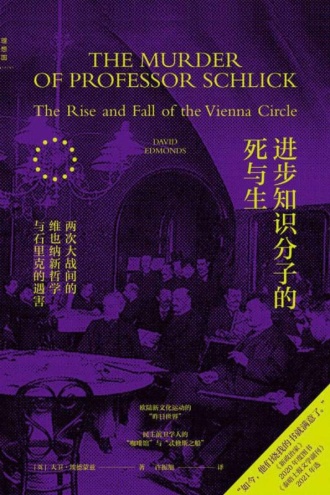
 书单推荐
书单推荐